The vast majority of tourists visit Corcovado on a day tour and are perfectly happy with their experience. Any hotel in Drake bay should be able to arrange this for you. Generally you take a boat at 6:30am, spend 5 hours in the park, and return at 1pm. Even during this short time, you are likely to encounter some cool wildlife: the snouty Baird’s tapir, peccaries, monkeys, a snake or two, and plenty of birds. Some lucky visitors bump into other rare animals but that’s down to the luck of the draw.
What about staying overnight?
Arranging an overnight stay at the research station seemed fraught with difficulties which was why we chose to arrange it through a tour company. For a start you need to buy a permit, but can only buy it once you are in the country, which is quite a hassle if you’re on a short holiday and you may find the place fully booked. A tour company can sort this out. Also, we were looking for mammals and thought a local guide might be useful. Had we known what we know now, we might have tried doing everything independently and saved quite a few dollars. So if you are considering an overnight trip to Sirena, we hope you find this useful.
Getting there
The boat trip from Drake bay takes just under one bone-shaking hour and costs (at the time of writing) $25pp one way. Your hotel should be able to arrange this for you. For a smoother ride take a seat at the back, you’ll also avoid the worst of the weather.
There are also flights to Sirena from Puerto Jimenez and Drake bay. These are more expensive but I am told you get nice views.
Want to trek to Sirena? Make sure you’re fit! Don’t underestimate the draining effect of humidity. Everyone I spoke to who trekked in admitted that it was tough and not one was enthusiastic about the walk back. Even our guide said it was relentless – you won’t have time for a picnic lunch or a swim along the way.
Zzz
Accommodation at the ranger station is very basic. Option 1 is to share a dorm with four other strangers in bunk beds. This isn’t quite as civilised as it sounds as you are expected to bring your own sheets/sleeping bag and mosquito net. And it is hot in the dorm. Option 2 is to pitch a tent in their camping area, a raised, roofed platform large enough for perhaps a dozen tents. Again, you are supplied with sleeping pads but have to bring everything else.
If you choose to bring your own tent, make sure that it is well ventilated – the heat would otherwise be unbearable. Also ensure it has a waterproof cover. If the camping platform is full you may be forced to pitch on the grass (Some people actually prefer this to sleeping cheek to jowl with two dozen strangers). At a pinch, you could dispense with the tent and just sleep under a mosquito net. But bear in mind that there is no privacy to be had at Sirena unless you resort to the smelly toilet or shower.
Bring
You will need something to sleep on – a sarong will do. If you’re a light sleeper, bring ear plugs to keep the snorers from ruining your night. We were told there were lockers but we just kept our valuables with us. Leave your real valuables at the hotel. Bring a torch, or even better a head torch – electric light is only available from 6pm to 8pm, and darkness in the jungle is almost complete. Bring mosquito repellant – the bugs are active morning, noon and night in the rainforest. You won’t need loo rolls but you will definitely need soap to wash your hands. And, absolutely vital this, take a pair of sandals or flip flops for wearing around the station – you don’t want to wander around the toilet block on bare feet I promise you.
Which brings me neatly to footwear. Rubber boots are necessary at Sirena and don’t let anyone tell you otherwise. All the guides wear rubber boots for good reason. Even in the “dry” season a spell of rain is enough to turn the ground into mush, above ankle deep in places. Not to mention the creeks you’ll have to wade across. If you’re not planning to bring your own, enquire with your hotel if you can borrow or hire a pair. Don’t expect to dry your walking shoes if you bring them, nothing dries in the rainforest.
Nom
Meals at Sirena are hideously overpriced – $25 for a plate of fairly simple food for dinner. The price for breakfast and lunch are almost as steep. There are no cooking facilities. A good compromise is to buy dinners and otherwise bringing your own food. This also means that you won’t have to return to camp for breakfast and lunch – often the quietest times of the day in the jungle. For provision, take simple foodstuff (tortilla and a jar of salsa make a good lunch). Anything requiring a plate or cutlery will be challenging. There is filtered water available but most people drink bottled water – you can buy these at a marginally inflated price. Bring a plastic bag to take your rubbish away.
Do
The only activity available at Sirena is walking the trails. Most people’s day start at 4am, very keen people slip out at 3am for their “morning” walk. People rest in the heat of the day and go back out in the afternoon. No night walking is allowed. All of the guides we met there were friendly and happy to share information with visitors.
For mammal watchers… Whether or not you need a guide depends on your personal experience. Mammals can be difficult to see in the jungle but then not all guides are created equal. Our guide was enthusiastic, knowledgeable and sharp eyed but a terrible mammal guide. When learning that an otter had slipped into its holt, he ran down the creek in great excitement and began to shine a torch into the hole. Argh!
Mammals in Corcovado
You might with little effort see all four species of monkeys in Corcovado. The nocturnal Baird’s tapir is well known to the guides, this quirky animal is one of the highlights here. If you see twigs and tree barks fall from the canopy, look for the tamandua, a striking black and white anteater. Smell rancid body odour and it’s not your companion? Could be that a group of peccaries is nearby – there are two types in the park. Check the undergrowth for coati, agouti, or the red brocket deer. Sloths certainly live here but are harder to find. Look for an otter in the creeks or close to the banks of a river. The tayra is related to the otter but is very dark and partly arboreal. Ocelot, margay, puma and jaguar are all there though rarely seen. You will increase your chances with mammals by walking slowly and quietly, and being alert to the sounds around you.
Related Images:
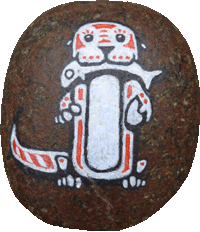













































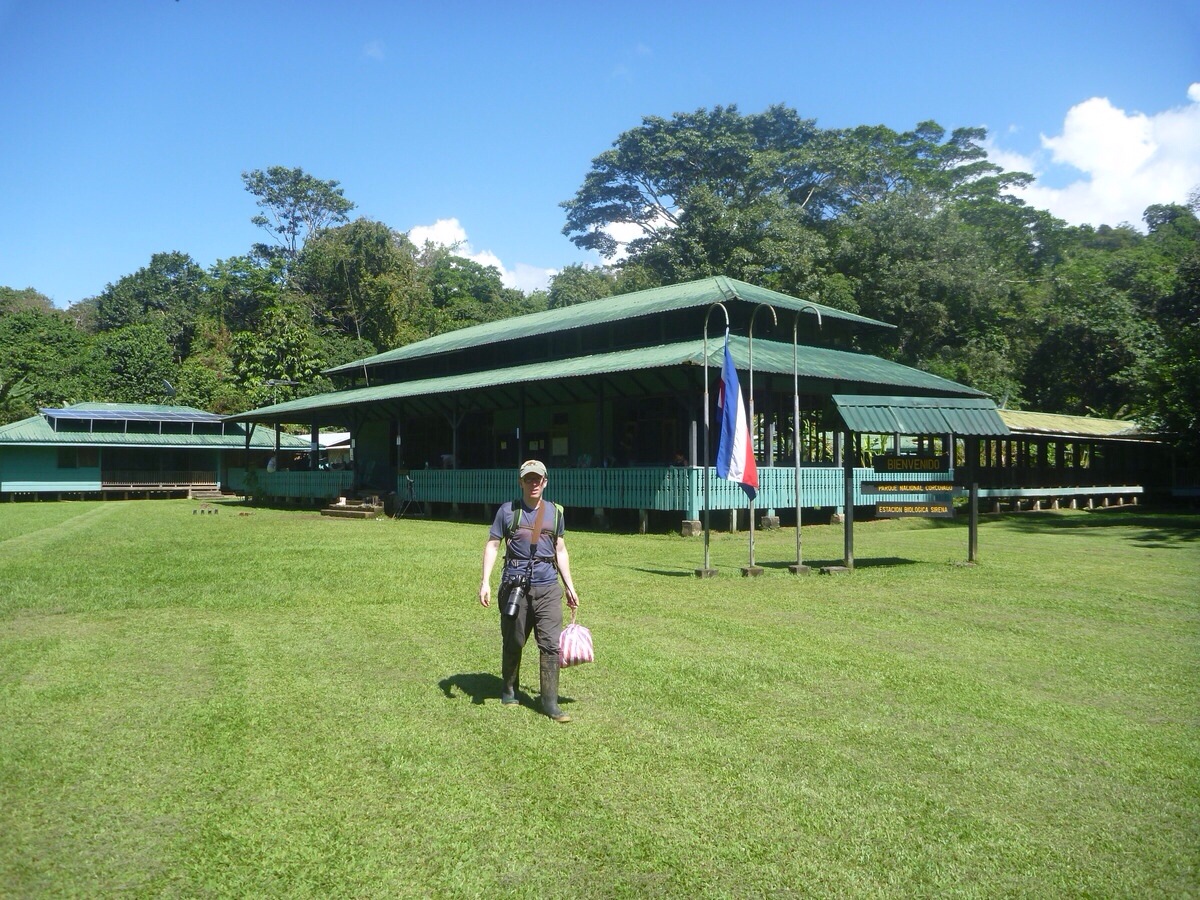
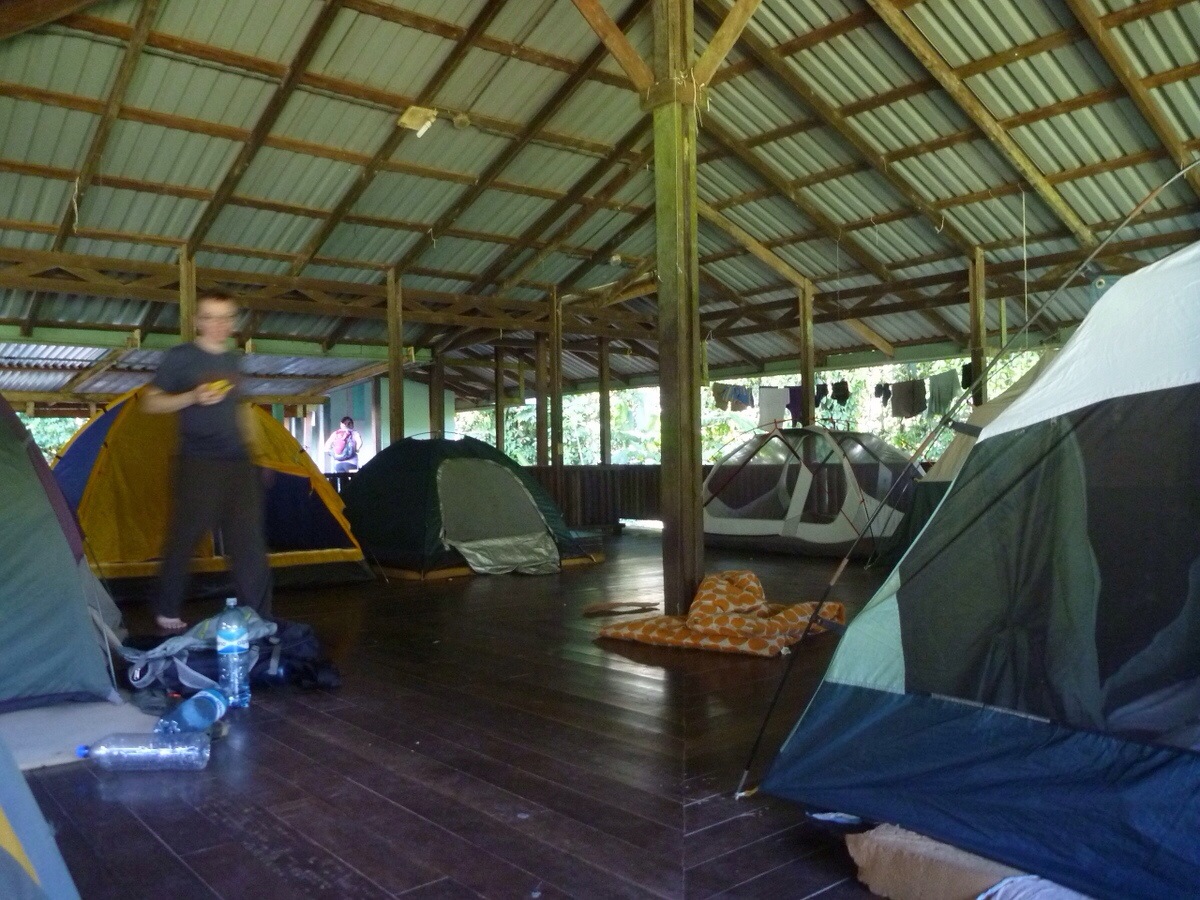
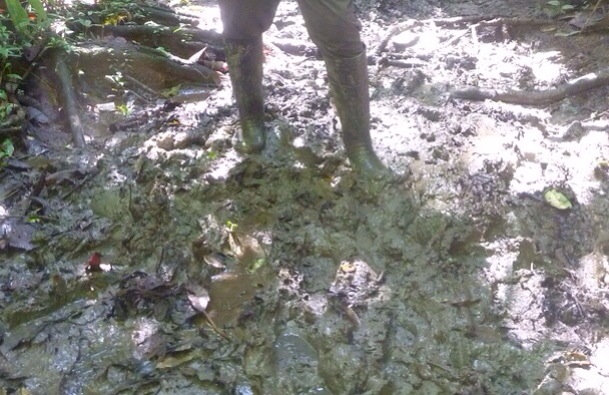
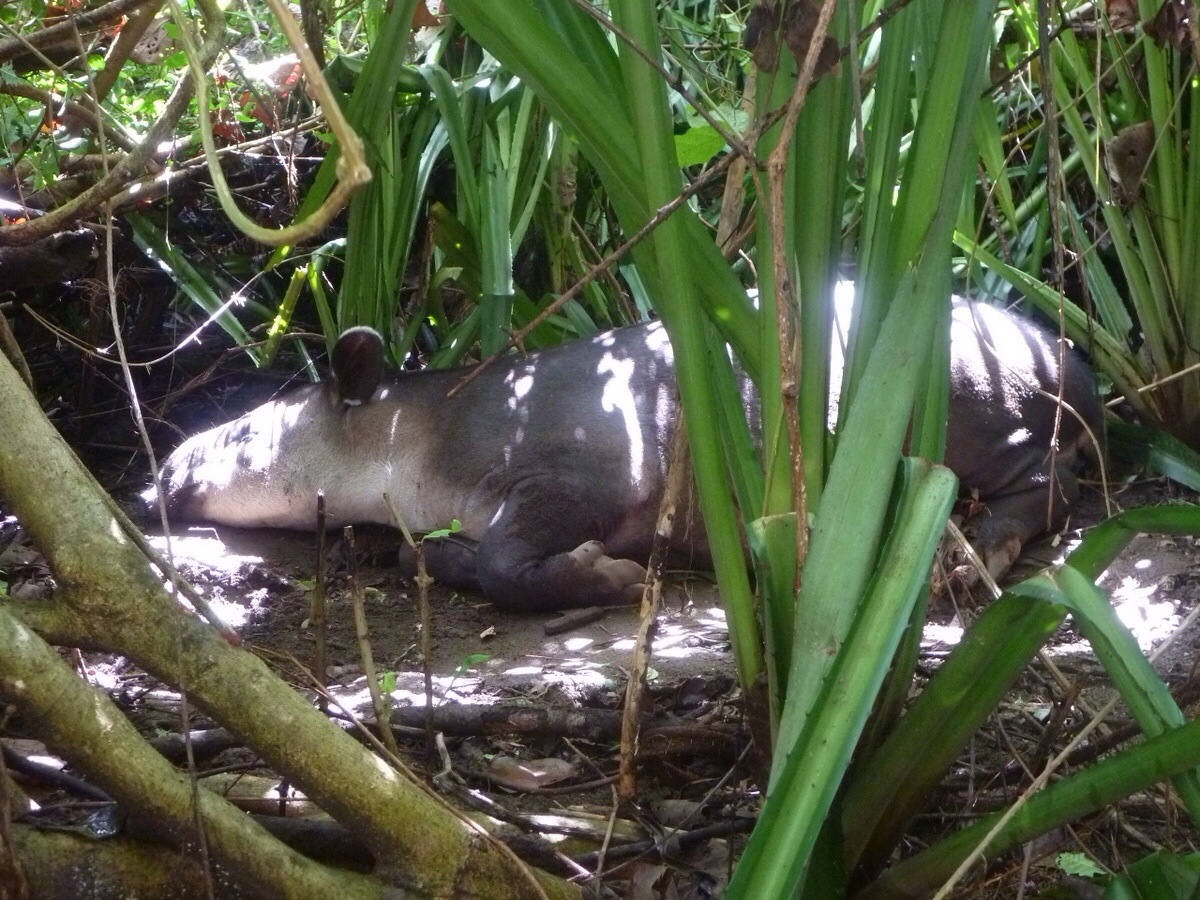
Hi there. Thanks for sharing this excellent information in there with all of us who dream of visiting Corcovado. I’m going there in April, but I’m confused. Do I need to bring my own tent or do they have tents available to hire there, meaning I don’t have to carry my own..
Thanks!
Cristian
Hi Cristian, sorry for the delay in replying.
If you have organised a guide/tour for your trip to Corcovado, then ask them about tents. If you are travelling independently to visit Corcovado then you must bring your own tent. In fact, you must bring everything you need. Bottles of water are the only things for sale at Sirena Ranger Station. If you want to buy meals – breakfast, lunch, dinner – then you must book them in advance before your visit. Otherwise you must bring your own food and there is no cooking facility.
Hello
Is tent/meals not taken at the sirena “restaurant” still possible ? I have the feeling that the guide is pushing us to a “package” with all included, and very expensive
thank you
in áo theo yêu cầu
A guide to staying at Sirena ranger station, Corcovado « Otter Adrift – Travel in search of wildlife